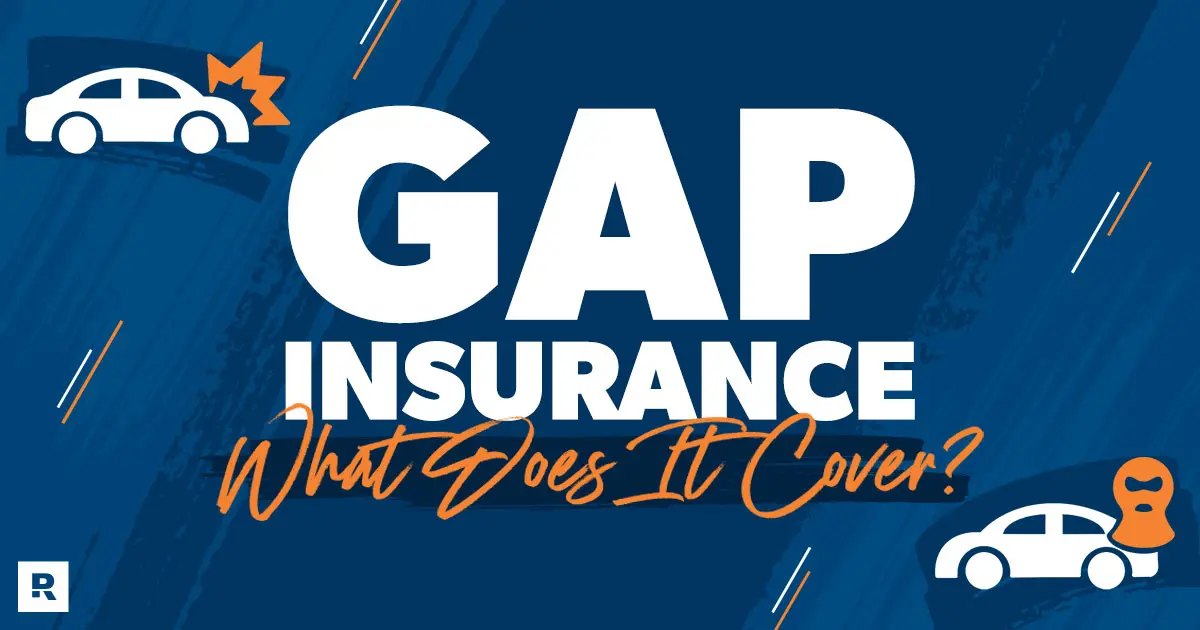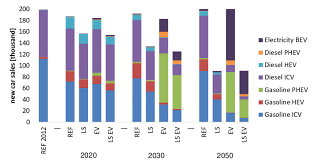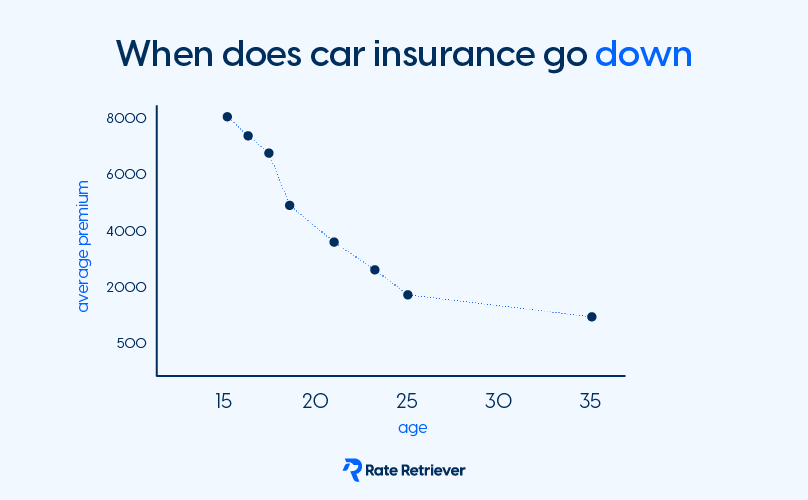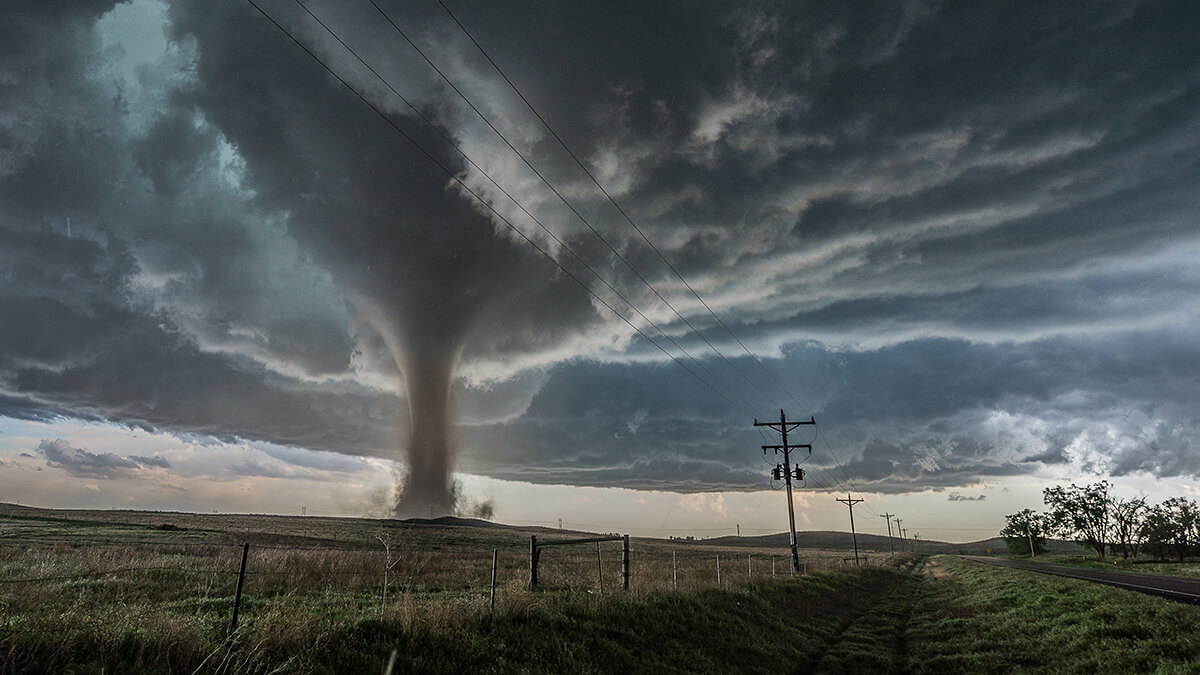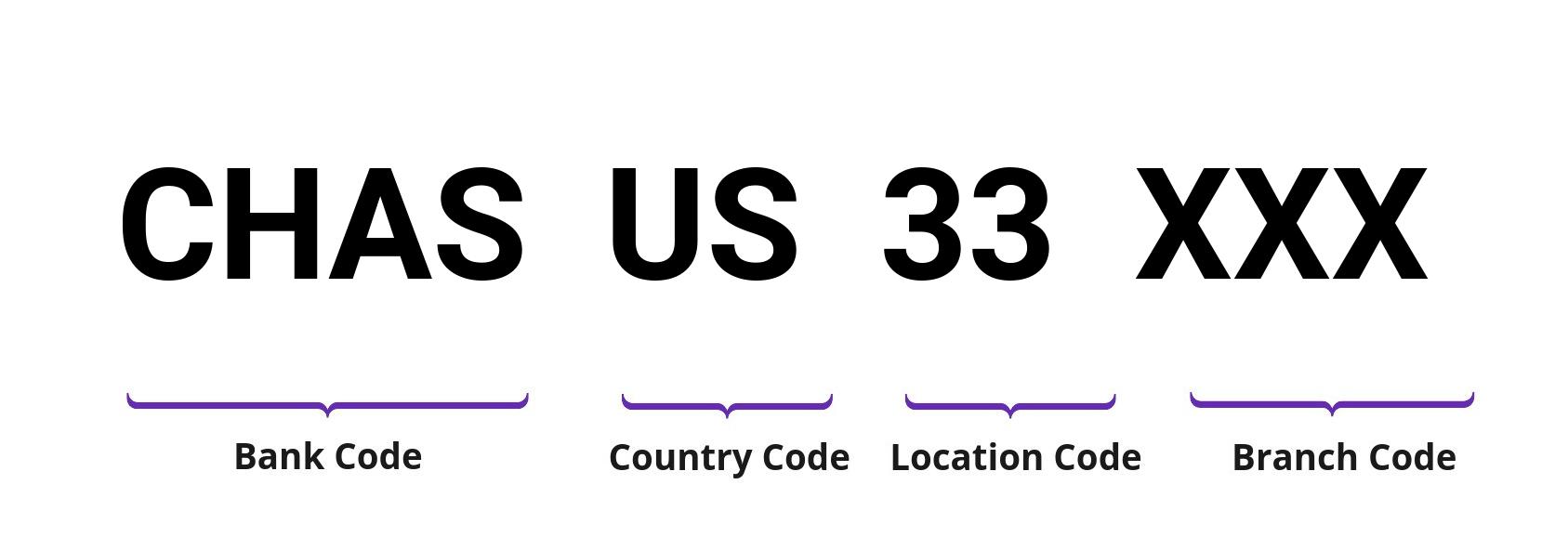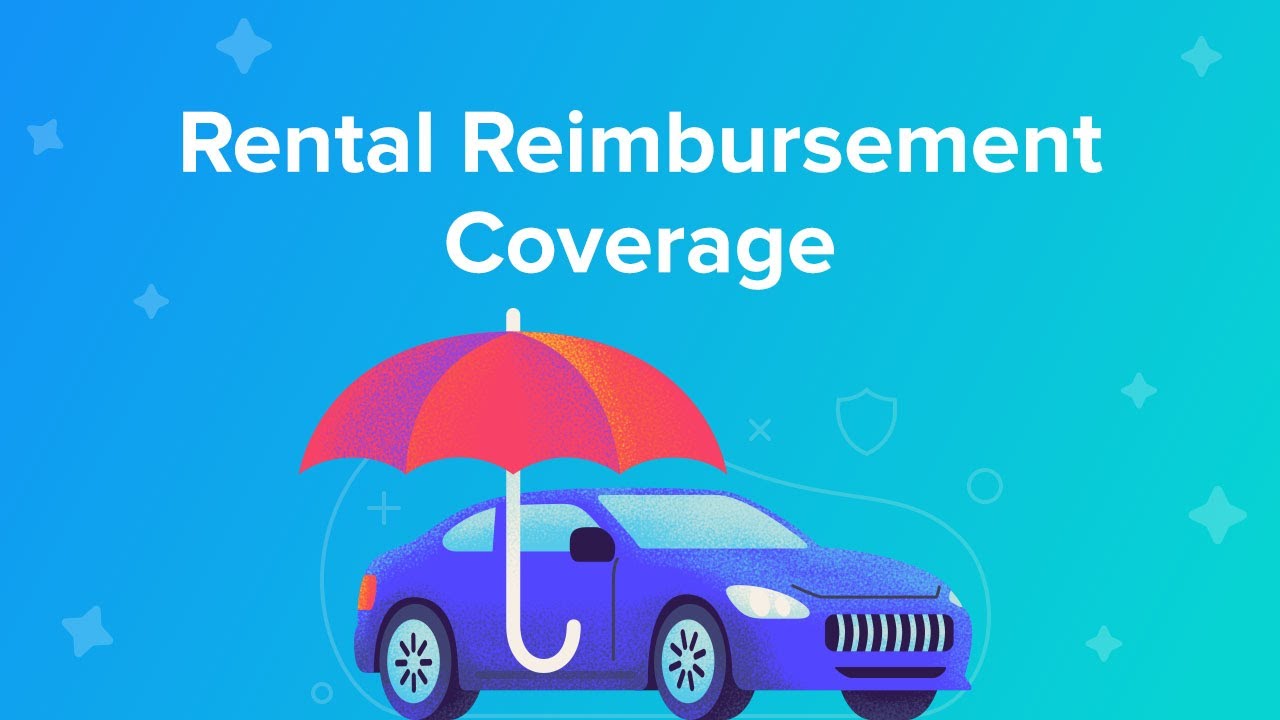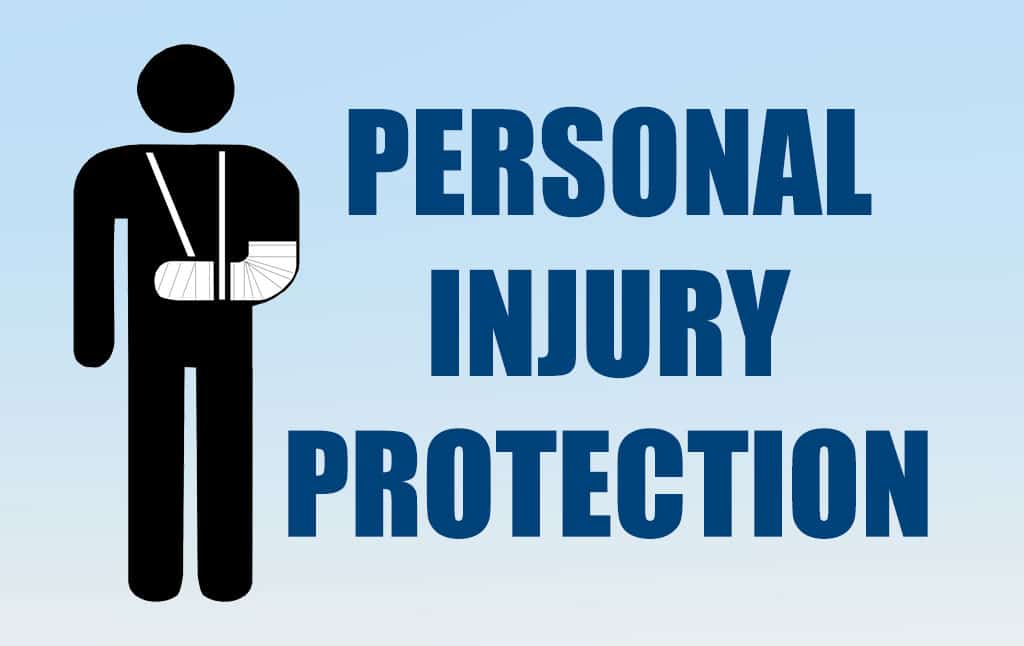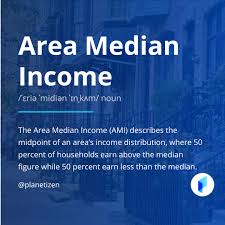If you’ve ever heard the term “no-fault state” while shopping for car insurance, you might have wondered what it actually means. In plain language, a no-fault state is one where drivers file claims for bodily injuries with their own insurance company, rather than suing the other driver for damages. Let’s break it down in a way that’s easy to understand.
What Is Personal Injury Protection (PIP)?
In no-fault states, drivers are usually required to carry Personal Injury Protection (PIP) coverage. PIP helps cover medical bills, lost wages, and other accident-related expenses for you and your passengers, regardless of who caused the accident. This system is designed to reduce lengthy legal battles for minor injuries.
States with No-Fault Insurance
Currently, 12 states have no-fault auto insurance laws:
- Florida
- Hawaii
- Kansas
- Kentucky
- Massachusetts
- Michigan
- Minnesota
- New Jersey
- New York
- North Dakota
- Pennsylvania
- Utah
Three states—Kentucky, New Jersey, and Pennsylvania—are “choice no-fault” states. This means drivers can opt out of no-fault insurance and retain the right to sue for injuries, no matter how minor.
Other states, like Oregon (where PIP is required) and Texas (where PIP is optional), may require or allow PIP coverage without limiting your right to file a lawsuit.
For a comprehensive breakdown, you can visit the Insurance Information Institute’s state insurance page to learn more about each state’s rules.
Advantages of No-Fault Insurance
The primary goal of no-fault insurance is to speed up the claims process and reduce the cost of insurance. Since minor injury claims are handled directly through your own insurance, fewer cases end up in court. According to the Insurance Information Institute, this system can also cover additional accident-related costs, like lost wages or childcare, depending on your state and policy limits.
Disadvantages of No-Fault Insurance
One downside is that drivers in no-fault states can usually only file lawsuits if they meet a certain injury threshold. These thresholds can be:
- Verbal Threshold: Specifies the severity of injuries, such as death or permanent disfigurement.
- Monetary Threshold: Specifies a dollar amount your medical bills must exceed to qualify for a lawsuit. For example, in Massachusetts, injuries exceeding $2,000 may allow a lawsuit.
This means minor injuries are typically covered only by PIP, and lawsuits are reserved for more serious incidents.
Vehicle Damage in No-Fault States
Even in no-fault states, the process for handling vehicle damage doesn’t change. The at-fault driver is responsible for paying for damage to the other driver’s vehicle. Therefore, liability coverage is still required to cover property damage and severe bodily injuries caused in an accident.
Bottom Line
Living in a no-fault state affects how you file claims and what coverage you need. PIP coverage is essential, and understanding your state’s injury thresholds can help you navigate accidents more confidently. For more detailed car insurance guidance, check out Progressive’s auto insurance resources.




